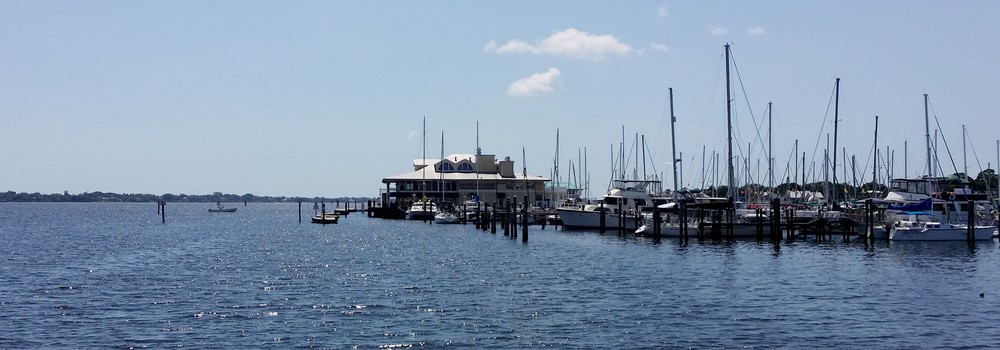Typically, after a Web Master has created a traditional HTML/CSS website for a client, the client cannot make modifications to their own website unless they ask (and usually pay) the person who created the site to make the changes for them. Not only may this be an extra expense, but it also takes away from the spontaneity of updating the website to reflect special sales or newsletters or blogs or a photo gallery, announcements, the change of seasons …
A good Content Management System (CMS) will enable the site owner to add to and update selected website content without the risk of messing up the main pages and functionality of the Web site. An example of a Content Management system is WordPress, which is what this site uses. WordPress is a free blogging tool and more importantly a publishing platform. It is powered by PHP and MySQL, but fortunately, the user does not need any PHP, SQL or HTML programming skills. However, integrating WordPress into a Web site makes it relatively easy for a client to add and manage their personalized content and see that customized content appear live on their site within a few seconds. WordPress is currently the most popular CMS used on the Internet. Other examples of Content Management platforms are Drupal and Joomla.

I can build an entire website in WordPress (as I did for this version of BradentonWebsiteDesign.com) or I can just set up a Blog and Photo Gallery in WordPress. For example, I might create the Home, Services, About Us, and Contact Us pages in pure HTML/CSS and afterwards integrate the WordPress blog and gallery almost seamlessly into the site. That way the client can make blog and photo updates, but they will not risk damaging the actual site.
After you log into your WordPress admin account (https://mysite.com/wp-admin/), you can go to the Dashboard and choose Posts > Add New to create a new blog post. You can also choose Pages > All Pages to select an existing page to edit and update. Or you can even choose Pages > Add New to create a new page on your website. What is really cool, is that the new page can be automatically added to the menu navigation structure for the entire site. And even better, almost all WordPress templates are designed to be responsive — that is, they will automatically adjust, resize and modify the page to display on desktop PCs, or tablets and cell phones, whether in portrait or landscape mode.





Fashion Styles
April 7, 2022 at 9:53pmMy programmer is trying to persuade me to move to .net from PHP. I have always disliked the idea because of the expenses. But he’s tryiong none the less. I’ve been using WordPress on numerous websites for about a year and am worried about switching to another platform. I have heard great things about blogengine.net. Is there a way I can transfer all my wordpress posts into it? Any help would be greatly appreciated!
admin
April 8, 2022 at 11:59amHi – http://bradentonwebsitedesign.com/ is written in WordPress. WordPress is designed for blogs and is also based on PHP. And the PHP can be easily updated as needed. I do not see a need to leave WordPress.